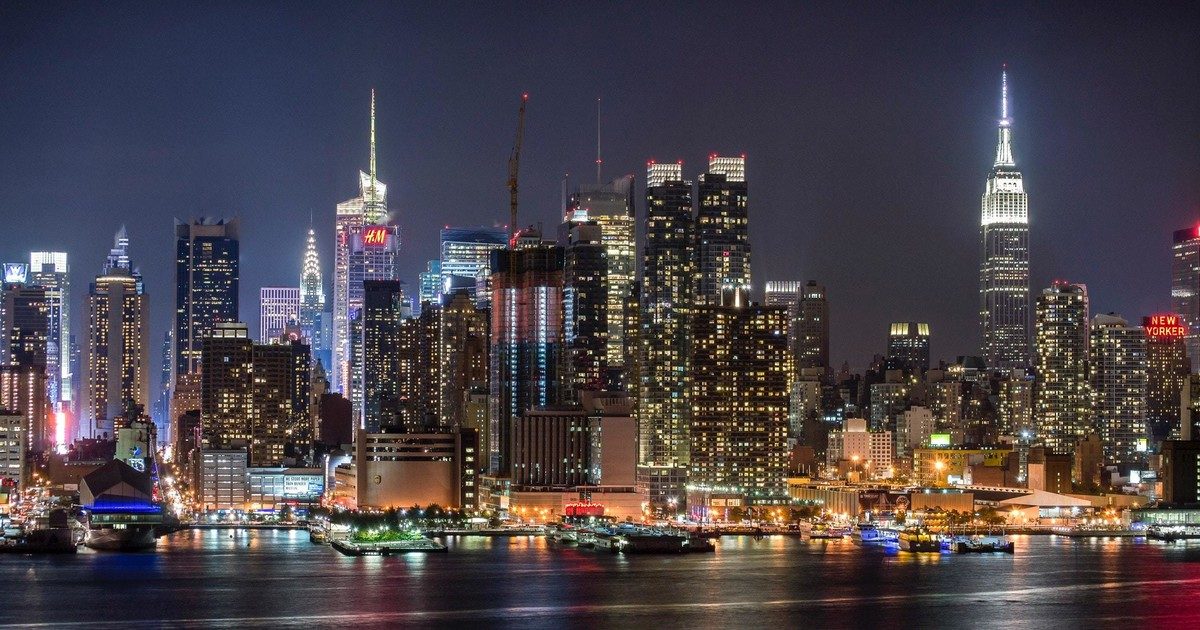Our contemporary definition of the ghetto refers to the racial and socioeconomic stratification in the development of African American neighborhoods. In spite of this, the origins of the ghetto provide a wealth of insight into our modern conception of the Black ghetto. The ghetto’s origins can be traced back to a Jewish cultural area with institutional concentration and social isolation. Though the ghetto has evolved to describe Black enclaves, the institutional concentration of resources still exists in an area where members of the separate group can establish their own services, and maintain their own traditions and customs
In our classroom discussion I posed the question: What social impacts of residential segregation does DuBois identify in the ghetto? How do they differ from Zorbaugh’s description of the slum? Students identified the ways in which Zorbaugh describes the slum as a natural construct but rejects calling the slum a ghetto because it is not forced. On the other hand, DuBois describes the ghetto as a place for poor, wealthy and middle class Blacks. In his description of the ghetto, boundaries are not drawn between social classes because Black people of every social status inhabit the ghetto. In turn, he argues that Black heterogeneity within the ghetto is seldom acknowledged since segregation comes from a fear of Black invasion and the best solution is to put all Black people in the same place.
Whereas white families accumulate wealth through housing, we spoke to the fact that Black families were denied the ability to accumulate wealth that can be transmitted down generations. Black people not being able to pass on wealth is one reason why they still inhabit inner city ghettos. In questioning why this is true, I found that the racial wealth divide can be attributed to the enduring legacy of discriminatory housing practices. For example, the FHA demanded that developers who received the construction loans include racially restrictive covenants that promised never to sell or rent to an African American. Though some may argue that the economic situation of African Americans is their own fault, I think they ignore the fact that the federal government created inner-city ghettos with racist housing regulations.
I found it fascinating that in addition to constructing the metropolitan ghetto, the federal government also contributed to the rise of suburbia where white Americans could escape urban areas. Through HOLC loans, Black bodies decreased home values and the practice of institutionalized redlining transformed American neighborhoods. Moreover, the way in which restrictive covenants explicitly included racist deeds when people moved in speaks to the history of how Black bodies have been devalued in the American housing market. I thought Theo Hurley’s question of the ways in which whites leverage power to protect residential spaces from people of color today sparked a great conversation about modern housing discrimination. In the present day, emotional violence, lack of access to public transportation and gated communities serve the purpose of “Jim Crow laws” that enforce racial segregation. Though keeping Black bodies out of neighborhoods is not happening through formal restrictive covenants in the modern day, informal forms of racial discrimination is the housing market persists.

In posing the question of whether we should attempt to contest the effects of segregation by dismantling the ghetto, the class had a lot of responses to the idea of “reversing segregation.” Some rejected the use of the term dismantle and instead advocated for integration of middle class people, though they understood that this solution runs the risk of pushing out low income residents. I found the opposing argument of attachment to place as a reason for keeping the ghettos unchanged interesting because it speaks to the logic of self-imposed segregation that keeps ethnic groups isolated. Though dismantling the ghetto that it is a home for African Americans is the not the best course of action for undoing a century of de jure segregation, it is our responsibility to examine remedies that address the effects of discriminatory racial practices. The constitution is the anchor of American democracy which declares that, “no person shall be deprived of life, liberty or property without due process of law” (Harvard Law Review 1987). In spite of this quintessential clause, the color of law has historically favored those in power which contributes to the enduring legacy of government mandated residential segregation. This reality should not obscure the historical burden our nation carries for denying African Americans the means to integration through racially discriminatory policies.
“Life, Liberty, and Property.” 1893 Harvard Law Review, vol. 7, no. 5, 1893, pp. 300–301. www.jstor.org/stable/1321417 (Accessed 7, March 2018).
